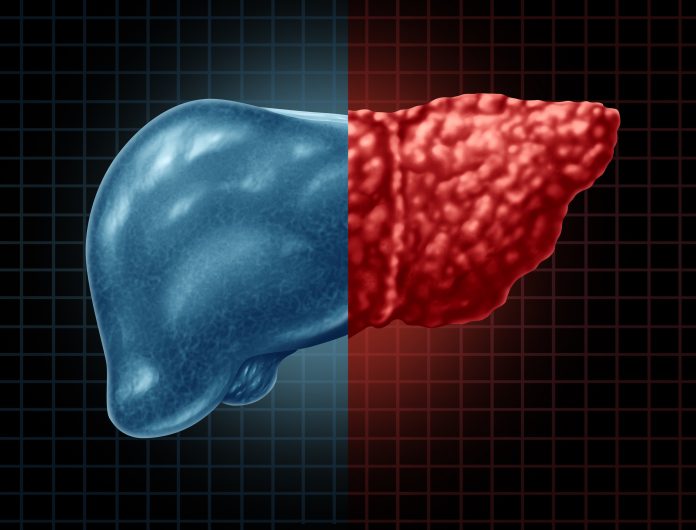
A multi-center study of metabolic dysfunction-associated steatotic liver disease (MASLD) led by researchers at the University of Michigan has shown genetic variation that contributes to the development of the MASLD, and has identified seven distinct subgroups of the disease that suggest the need to take precision treatment approaches. MASLD, formerly known as nonalcoholic fatty liver disease (NAFLD), affects as many as 30 percent of Americans, a significant portion of whom remain unaware of their condition.
According to Elizabeth Speliotes, MD, PhD, gastroenterologist at Michigan Medicine and professor of internal medicine and computational medicine and bioinformatics at the University of Michigan Medical School, MASLD can often be a sign that a person has another medical condition such as diabetes or cardiovascular disease.
“Whether an individual will eventually develop MASLD and if they do, whether they will go on to develop a more advanced liver disease or other metabolic disease is not known,” said Speliotes who is senior author of the study which appears in Nature Genetics.
“Furthermore, because MASLD and these other metabolic diseases have multiple causes that we could not previously separate, current treatments are often imprecise, ineffective and/or riddled with many side effects.”
To help unravel the underpinnings of MASLD—formerly called nonalcoholic fatty liver disease (NAFLD)—the team of investigators combined data from four multiethnic cohorts:
- Genetics of Obesity-related Liver Disease, or GOLD, Consortium with CT-measured hepatic steatosis
- K. Biobank participants with hepatic steatosis defined by MRI diagnosis code-defined cases of MASLD from the International Classification of Diseases (ICD)
- eMERGE database, which relies on electronic medical records to define MASLD cases and controls
- FinnGen, which includes ICD diagnosis code-defined cases of MASLD
In total, the study included 66,814 people with hepatic steatosis defined by imaging and 3,584 cases (versus 621,081 controls) of MASLD defined by diagnosis codes.
Co-senior author Nicholette Palmer, PhD, from Wake Forest University School of Medicine noted that large number of people included in the study was an important factor “diminish the noise” in the search for new and significant genetic associations to MASLD.
“It was also important for us to use new neural network modeling to quantitate liver fat in more than 40,000 MRIs in the U.K. Biobank,” said Yanhua Chen, PhD, an application programmer and senior analyst at Michigan Medicine and first author of the study. “This provided us with high accuracy measurements in many MRIs where we previously did not have these measures. This increased our power to find reproducible hits.”
Leveraging these data for their analysis the team identified 17 genetic changes that contribute to MASLD, and by examining how these changes affected multiple human traits, the researchers were then able to identify seven subgroups of the disease. The hope is new understanding of genetic variation in MASLD, its subtypes, genes, and pathways will spur discovery methods to target them for treatment.
“Effective treatments in MASLD are greatly needed and we hope our findings will help guide the development and targeting of the right treatment, for the right patient, at the right time,” said Michigan Medicine’s Xiaomeng Du, co-first author of the study. “Further, the genetic markers combined with each other can identify 10%, 5%, and 1% of the population at two-, three- and four-fold increased risk of developing advanced liver diseases like cirrhosis and hepatocellular carcinoma.”
The team also identified variation in liver lipid, cholesterol, steroid, alcohol and monocarboxylic acid processes as possibly disrupted in MASLD.
More specifically, they identified seven subclusters that affect lipid storage and release from hepatocytes, lipid recycling to the liver, peripheral adipose lipid storage and use, insulin signaling, intestinal absorption and glucose use (to make liver fat, break down fatty acids and/or enact the conversion of triglycerides and phospholipids.)













